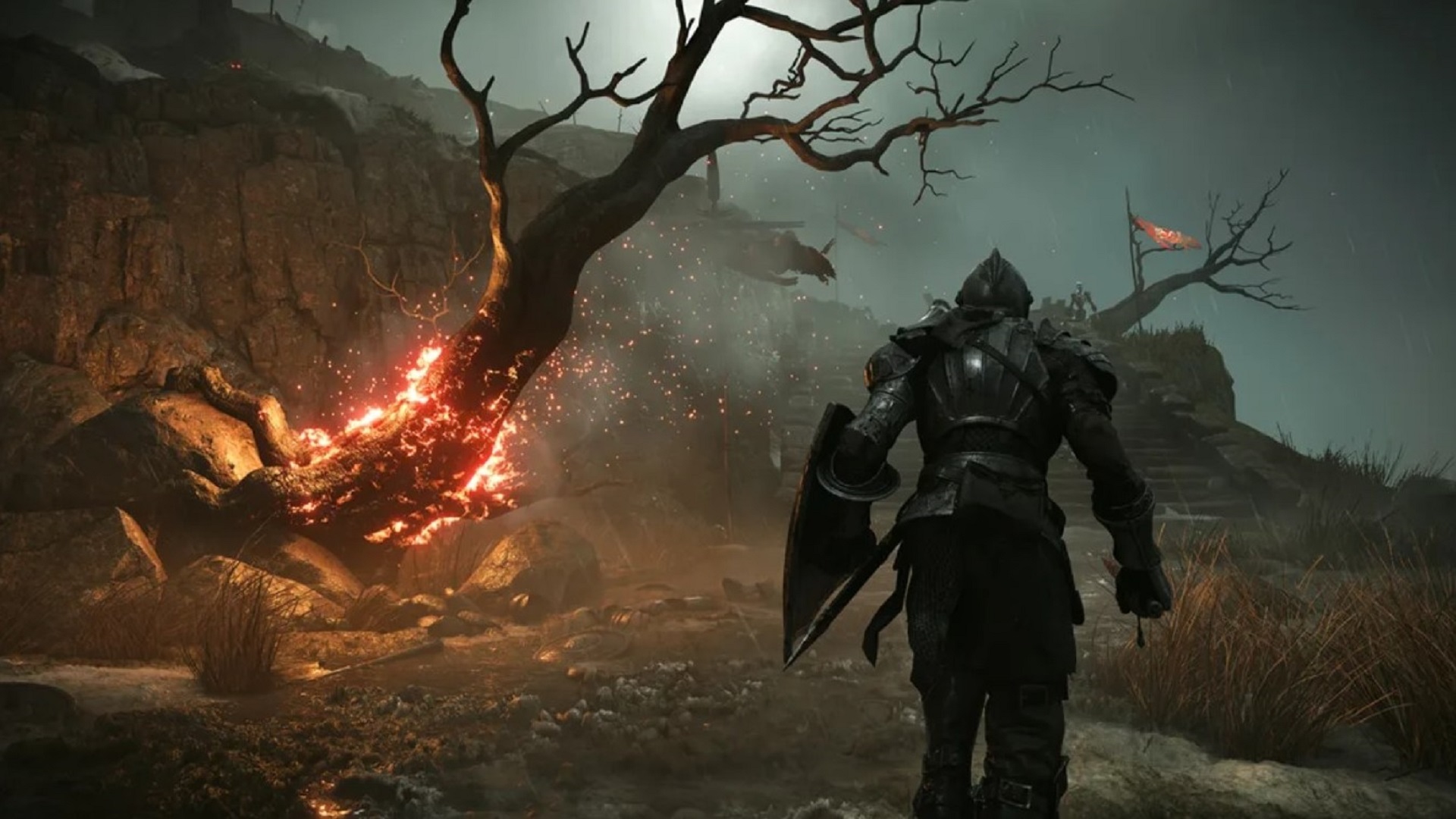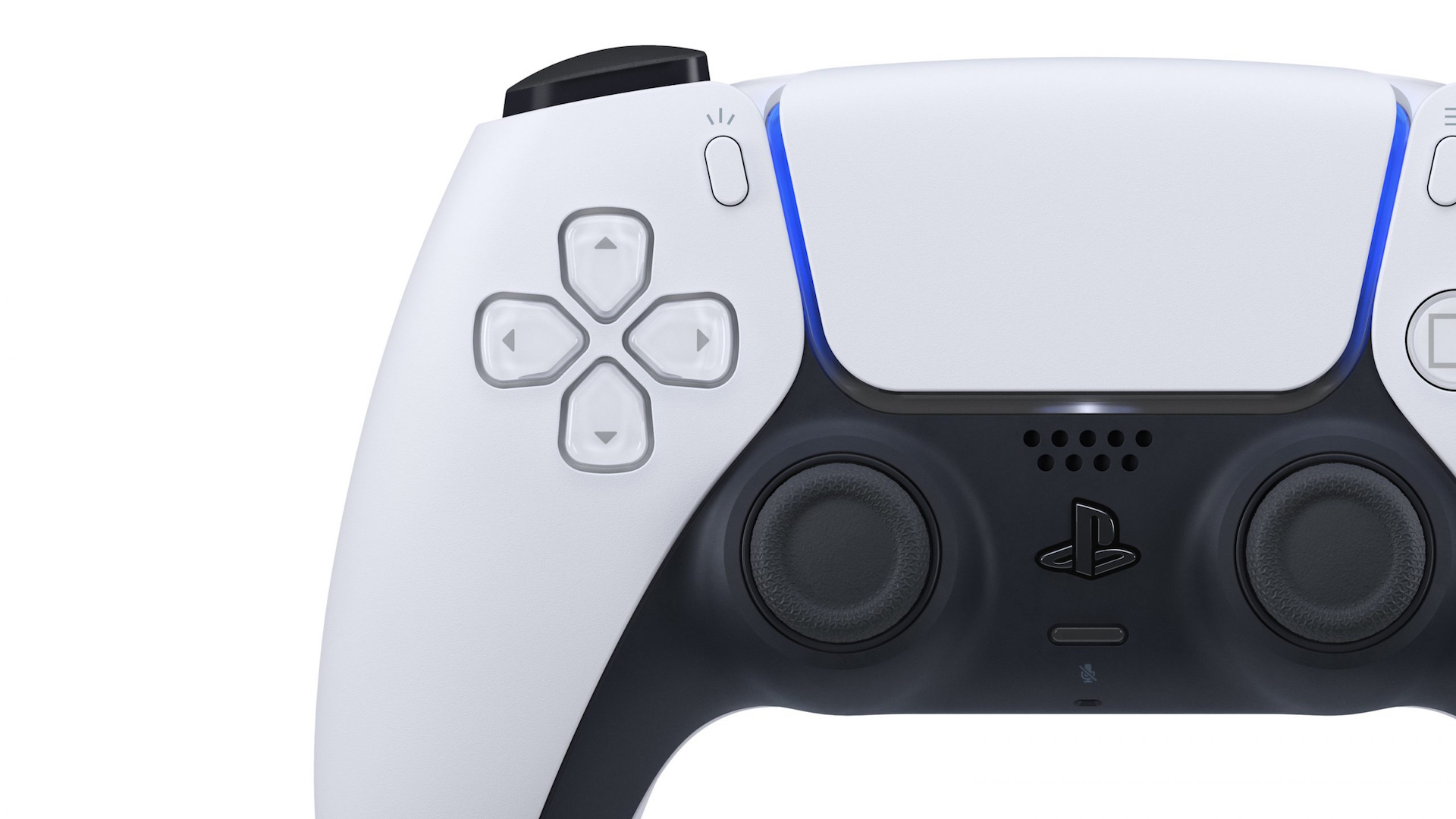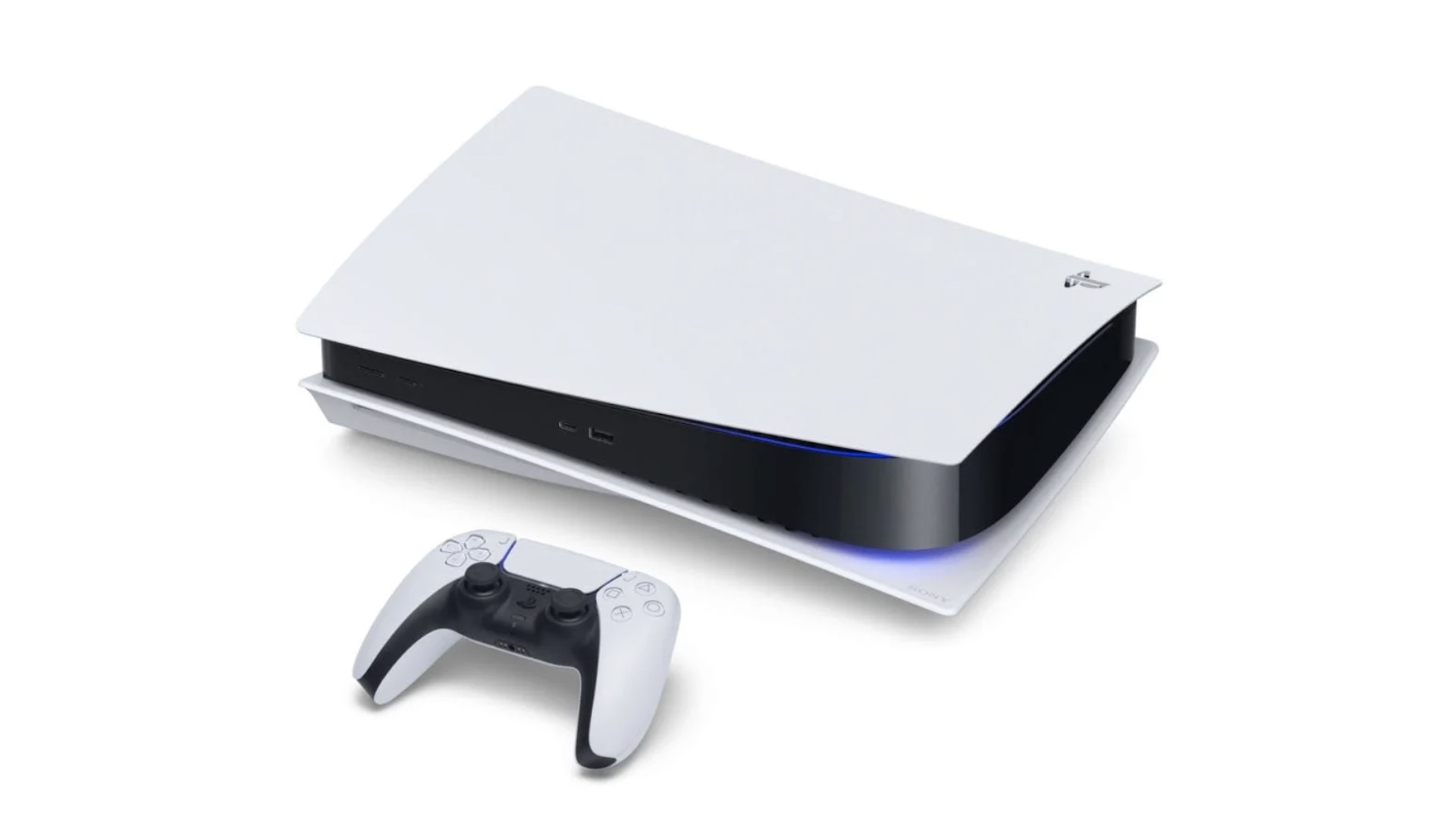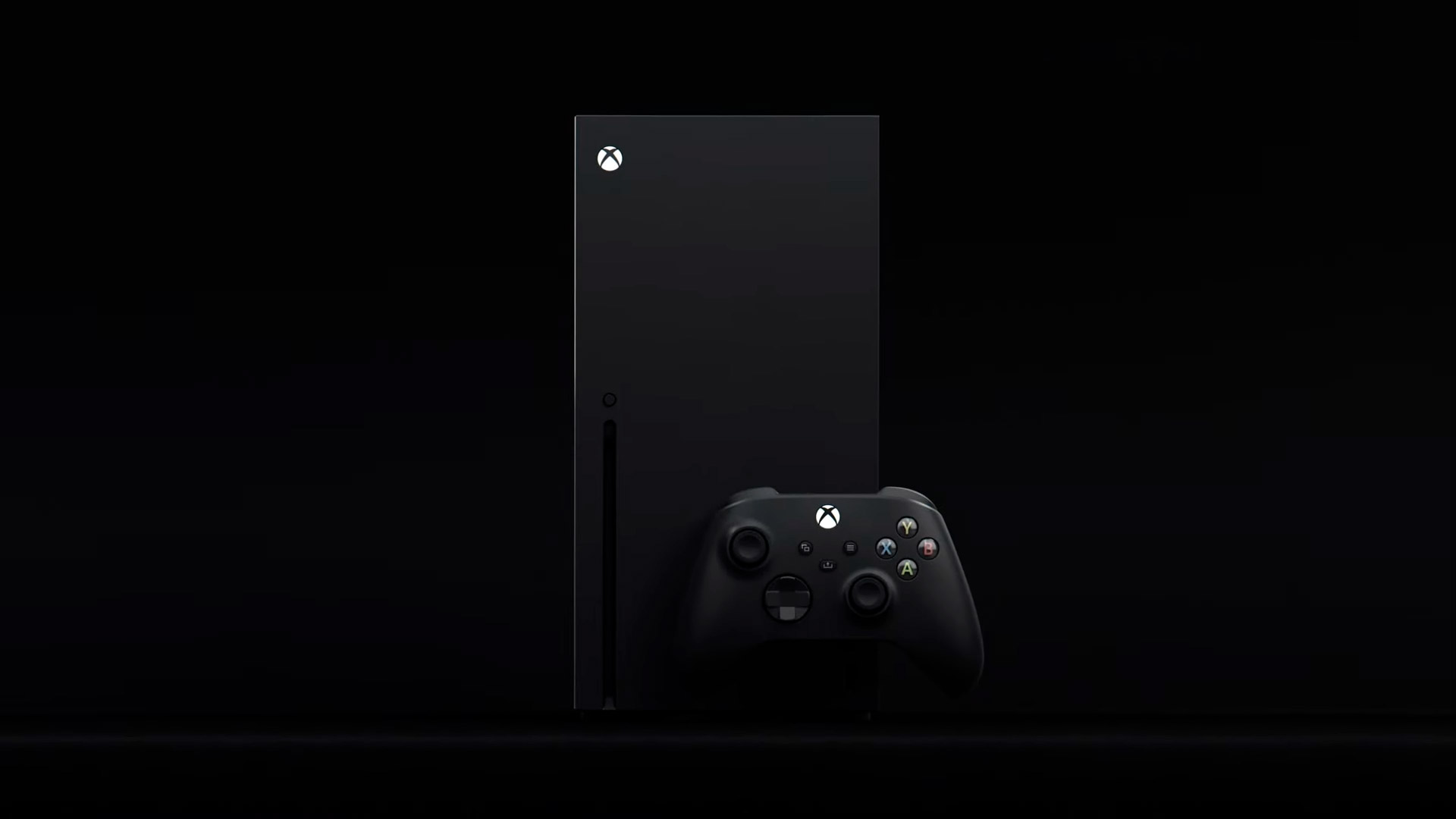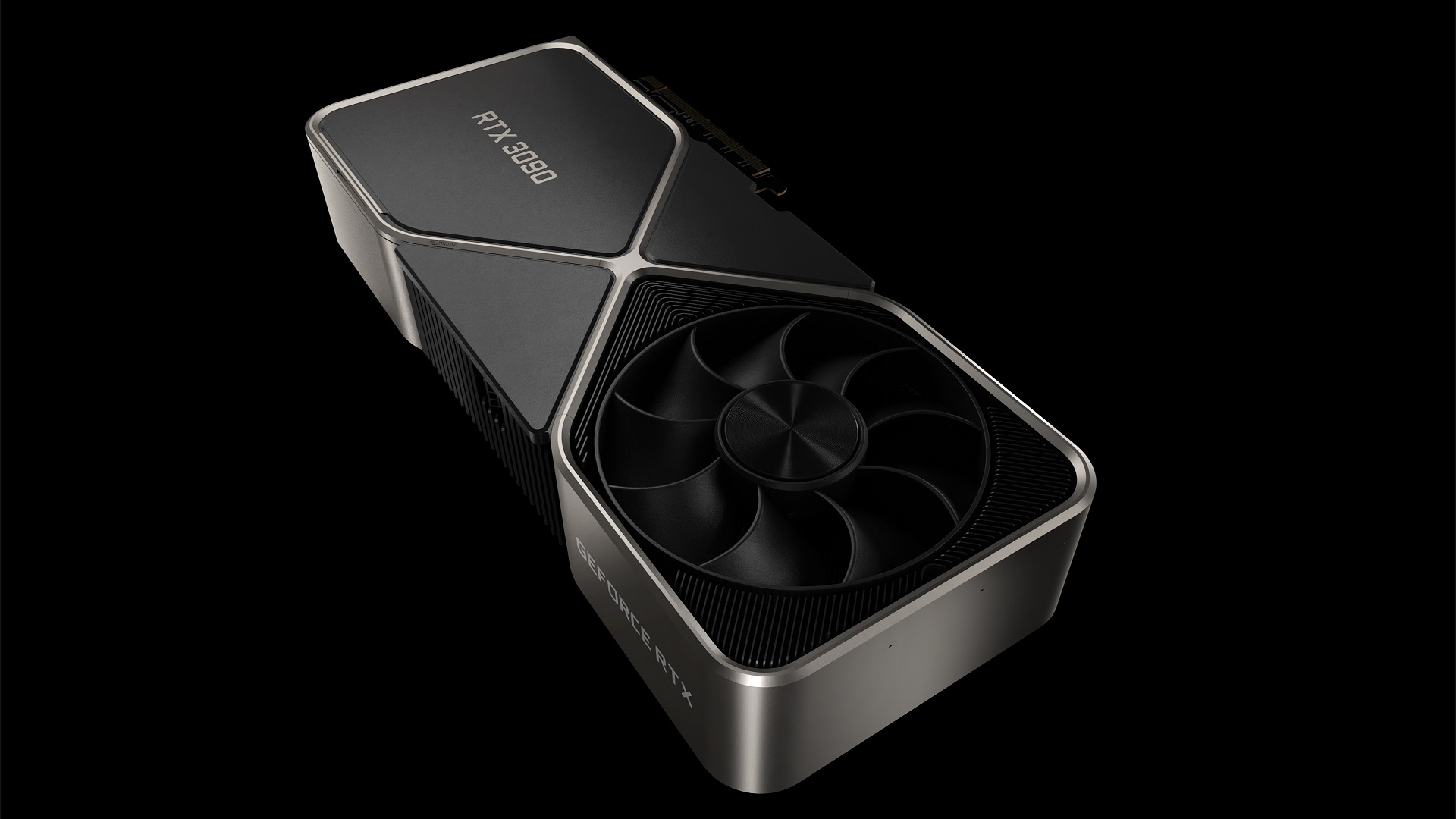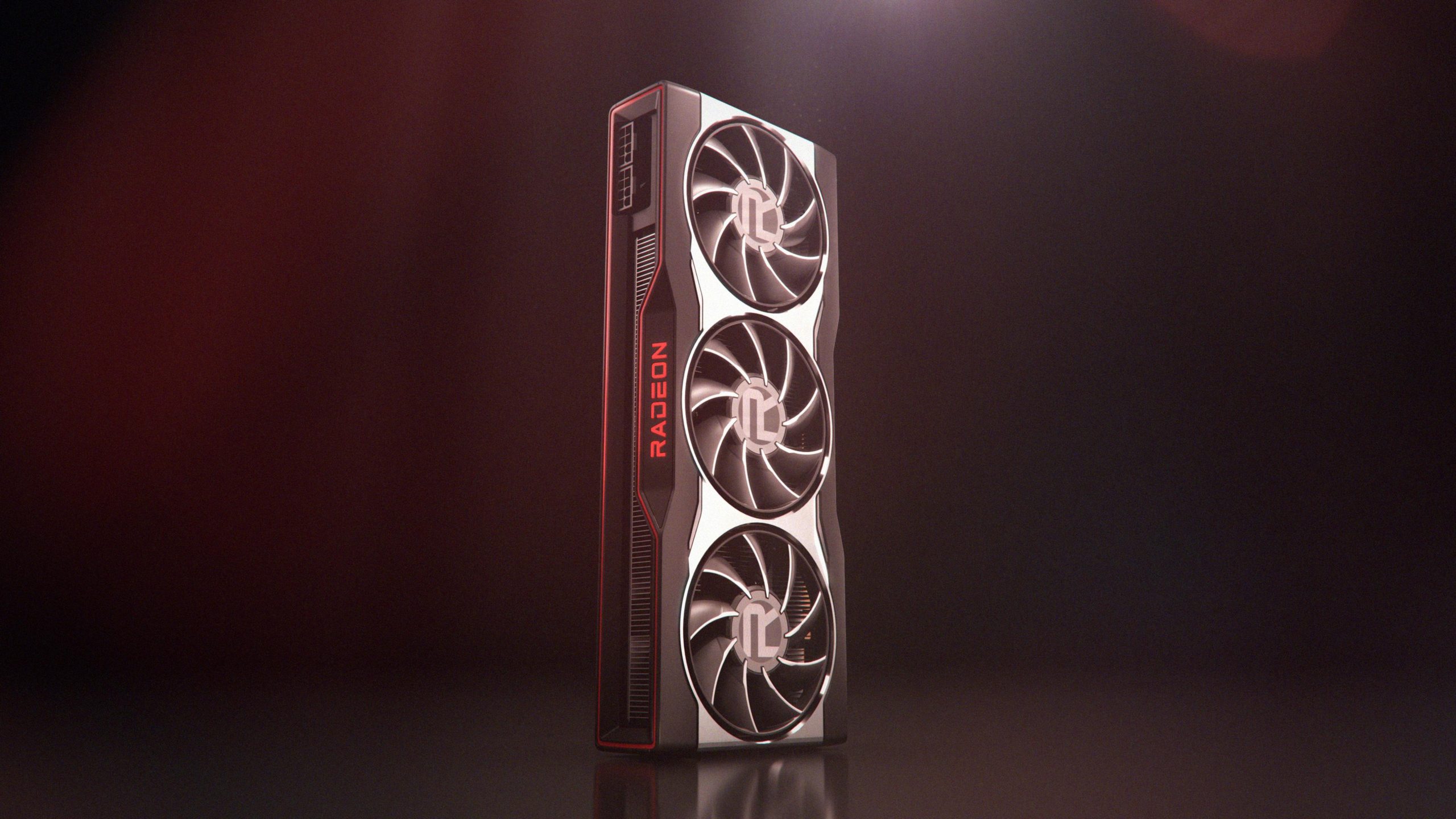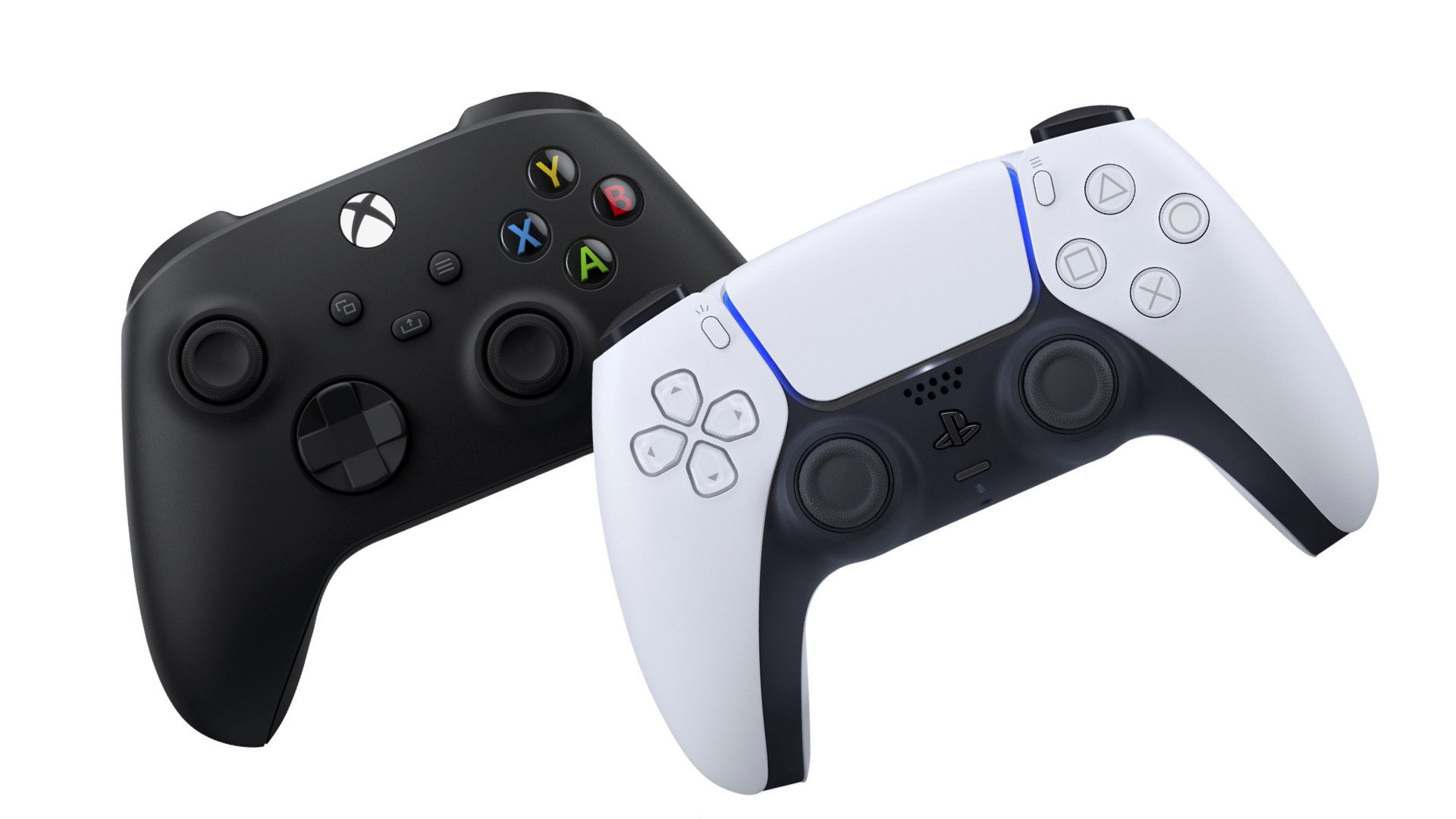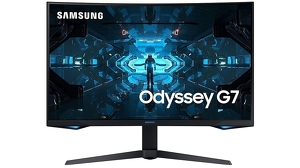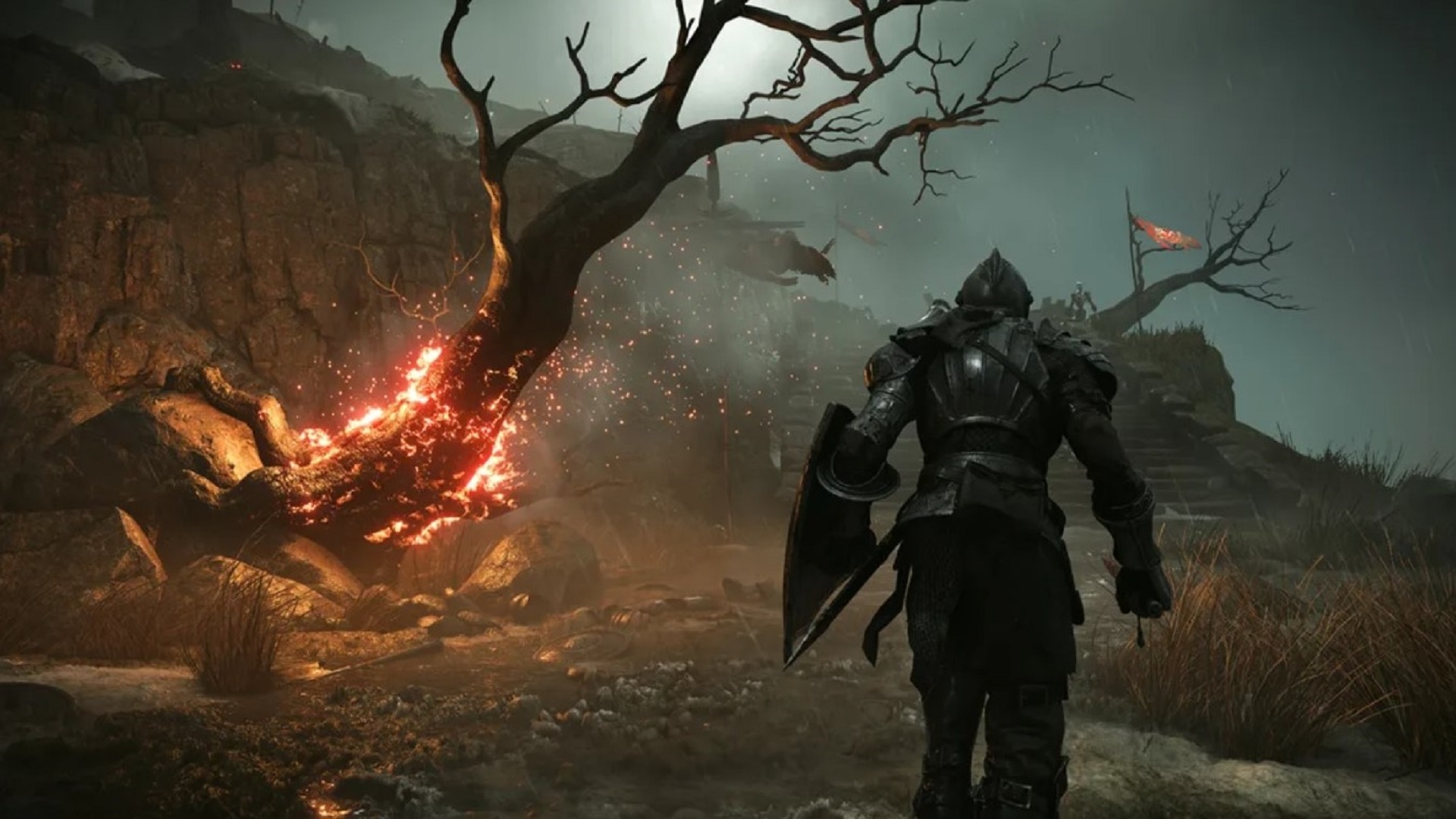
The ninth-generation consoles are finally here, bringing a massive leap in capabilities over both the base PlayStation 4 and Xbox One and their mid-generation “4K” refreshes. What’s so interesting about the PlayStation 5 and Xbox Series X, though, is how closely they mirror high-end gaming hardware on PC. Both the Xbox Series X and PlayStation 5 feature 8-core Zen 2 processors paired with semi-custom iterations of AMD’s Big Navi GPU. Both also feature ultra-high-speed storage, bringing the speed and power of SSDs to the console space at last. This actually raises a lot of questions. Which platform should you be gaming on when there are so many similarities between them? What kind of compromises will you be needing to make? What are the must-haves which could drive you in a particular direction? Let’s take a look at the PlayStation 5 first.
PLAYSTATION 5
The Hardware
Sony’s ninth-generation console is an interesting pick. It is, strictly speaking, the least powerful option, at least in terms of raw computational capabilities. However, a number of games see the PlayStation 5 significantly ahead of Xbox Series X in performance terms. The actual power gap between the two consoles is far smaller than that between the Xbox One and the PlayStation 4. In practice, this means that we see the PlayStation 5 targeting the same resolution and frame rate as the Xbox Series X in most games. With the processing power differential not likely to be a big factor, we can shift gears to focus on other aspects of the PlayStation 5’s hardware – and software capabilities that really set it apart.
All those console exclusives
Despite Microsoft’s recent purchase of Bethesda, Sony still maintains a dominating lead in terms of the range and quality of its first and second-party offerings. The PlayStation 5 currently plays host to the only two next-generation exclusive games currently available: the pack-in Astro’s Playroom and Demon’s Souls. And even though they’re technically cross-gen titled, the ray-traced Spider-Man Remastered and Spider-Man: Miles Morales on PlayStation 5 offer a stunning glimpse into what ninth-gen visual could look like in the months to come.
This puts the Sony console in an interesting position where it currently offers games that are more visually impressive than anything on the Xbox Series X, despite being the weaker console, technically. These exclusives aren’t available on PC, either, another point of difference: because of Microsoft’s new approach to Xbox as a concept – not a box – all Xbox Series X games will be available on PC as well. Sony’s first party studios are busy at work on new exclusives, from Horizon Forbidden West to God of War: Ragnarok, and more. That massive advantage in console exclusives could be enough by itself to swing buyers towards the PlayStation 5.
DualSense and the radically overhauled haptics
Haptic feedback has been a big part of gaming for decades. Sony’s original DualShock control brought rumble to the PlayStation 1 over 20 years ago. The PlayStation5’s DualSense control is more than an iterative update to the DualShock 4’s haptic feedback. It completely redefines the concept. The “HD Rumble” effect, seen earlier on the Nintendo Switch and the Steam Controller is truly brought to life here: The DualSense controller manages to convey the feeling of actions onscreen, not just an affirmative vibration. The variable tension on the DualSense triggers adds a whole new layer of gameplay possibilities, with individual guns in first-person games responding uniquely. Neither PC nor Xbox features an improved haptics setup, making DualSense haptics a compelling reason to get a PlayStation 5.
Tempest 3D Audio
When the PlayStation 5 was revealed Sony took extra care to highlight its Tempest 3D audio solution. Tempest is hardware accelerated, running on a modified RDNA2 CU, packing in 64 compute units. This is an unprecedented amount of power, nearly 300 GFLOPs, dedicated solely to audio processing. This allows developers to simultaneously deploy thousands of dynamic sound effects in a scene, and to use HRTF to create vivid 3D audio representations. This is used to great effect in launch titles like Demon’s Souls. While the Series X features audio hardware acceleration, Tempest’s compute prowess means that the PlayStation 5 will likely offer a better overall gaming audio experience.
Pricing: getting it just right
The PlayStation 5’s Digital Edition launches at just $399, the same launch price as the PlayStation 4 Pro and PlayStation 4. The Xbox Series X, meanwhile, will set you back $499. As far as PC is concerned, you’d need to spend that much just get your hands on a GPU like the RX 5700XT that’s competitive with the RDNA2 part inside the PlayStation 5, let alone the rest of your system. The Xbox Series X might be 10-15 percent faster theoretically, but the additional $100 outlay doesn’t really feel worthwhile in this context. At $399, the PlayStation 5 offers unprecedented bang for buck.
XBOX SERIES X
The Hardware
The Series X is the culmination of Microsoft’s “Xbox as a service” concept. It is technically a console and it is technically box-shaped (more so than any Xbox before it, interestingly enough), but it’s a fundamentally different beast from the PlayStation 5. It makes more sense to think of the Xbox Series X as a purpose-built, midrange gaming PC that, for whatever reason, won’t run any of your non-gaming Windows apps. The Series X is the most powerful ninth-generation console (and the most powerful console ever made) and it’s $499 price point underlines this.
But even then, this is remarkable value compared to PC hardware. The Series X’s GPU is faster than a $499 graphics card like the GeForce RTX 2070 Super. Add in the 8-core Zen 2 processor and 16GB of GDDR5, and you’re looking at a price-performance warrior. To build a PC on par, you’d need to shell out at least twice as much. Thanks to Microsoft’s insistence that Xbox is a cross-platform concept and not a console per se, all Xbox games run on PC. Which is (again) to say that you’re effectively getting yourself a highly subsidized gaming PC at a fraction of the retail cost. This isn’t to say the Xbox Series X doesn’t have some tricks up its sleeve. Let’s take a look at some of the factors that set it apart.
The fastest console hardware ever
This is a simple fact. The Xbox Series X is the fastest 9th generation console. And by extension, it’s the fastest gaming console ever made. The 12.5 TFLOP GPU offers over double the raw throughput of the Xbox One X, while the 8-core Zen 2 processor offers higher clock speeds than the PlayStation 5. While the Series X may feature slower SSD storage, the overall spec balance is tilted heavily towards Microsoft’s console.
What does this mean in practical terms? The Xbox Series X is capable of delivering 4K/60 FPS experiences (albeit with dynamic resolution scaling at times) in a range of cross-platform titles. The greater number of ray accelerators (thanks to the higher CU count) means that the Series X should also deliver a better ray-tracing experience later on in the console generation, though current implementations are largely a wash between the PS5 and Series X in performance terms.
While the performance gap is relatively narrow this time around, we expect the Xbox Series X to deliver higher average resolution and better LOD settings in the years to come, as developers switch gears to ninth-gen exclusive game engines. A more future-proof ninth-gen experience, thanks to better internals, could be a compelling reason to get your hands on an Xbox Series X.
Game Pass and a more PC-like ecosystem
Xbox Game Pass is arguably the biggest selling point of the Xbox Series X. On PC, Game Pass is a great value subscription, giving you access to a wide range of AAA games at a fixed monthly rate, including just about every first-party Microsoft studio release. The main issue with Game Pass on PC is, well, the cost of PC hardware that’s good enough to actually run those games at reasonable levels of fidelity.
This is exactly what the Xbox Series X offers: a platform to run a wide selection of Game Pass games at high resolution and higher framerates than most PCs – barring ultra-enthusiast setups will allow for. The more PC-like experience is further emphasized by the range of resolution and framerate options available – the PS5, in contrast, has received flak for not supporting certain resolutions like 1440p.
Quick Resume
This early in the ninth generation, it’s hard to tell just what we should be expecting in terms of graphics and gameplay improvements over eighth generation consoles. There is one area where we’re seeing revolution, not iteration: Quick Resume. Leveraging the Xbox Series X’s ultra-fast storage, Quick Resume allows gamers to instantly get into the action, skipping past load screens and wait times. The current implementation is a bit spotty, with some games either not supporting Quick Resume or bumping you to a load screen. However, when it does work, Quick Resume is a genuine generational leap, something that’s just not possible on older hardware.
And finally we have…
PC
Still the platform of choice
The consoles this generation are more PC-like than ever before. That should tell you something about high-end PC gaming – it’s the aspirational point that both the PlayStation 5 and Xbox Series X aim for, with varying degrees of success. PC remains the platform to experience multiplat titles at their best. And with Microsoft’s decision to bring all first-party Xbox titles to PC, high-end gaming rigs are effectively better and faster Xboxes than the Series X itself. What exactly could tilt you towards purchasing a PC? (or at least upgrading your graphics card?) Let’s take a look
No-compromise native 4K gaming
Both the PlayStation 5 and Xbox Series X were built with 4K gaming in mind. However, neither is truly powerful enough to consistently deliver a 4K/60 FPS experience in most games.
These are trade-off high end PC gamers have to make. The latest generation of flagship cards from both AMD and NVIDIA – Ampere and Big Navi respectively – offer enough brute force computation power to deliver 4K/60 FPS experiences in just about every multiplat out there right now. Whether you’re looking at an overclocked RX 6800 or a GeForce RTX 3080 Founder’s Edition, these new cards can pump out high framerates at 4K with little to no compromise.
Better ray-tracing
For better or for worse, ray-tracing is here to stay as as key part of ninth-gen developer toolsets. Hardware acceleration on the PlayStation 5 and Xbox Series X means that ray-traced effects are possible on those consoles. However, since AMD’s FidelityFX Super Resolution solution isn’t available yet, and because of RDNA2’s ray-tracing performance deficit, we’re seeing fairly disappointing results. On console, Watch Dogs: Legion delivers ray-tracing. However, it does this by running the game at a mere 30 FPS, with a dynamic 4K resolution.
Worse yet, ray-traced reflections are of a lower quality than the lowest available quality preset on PC. Both Ampere and Big Navi parts offer superior ray-tracing performance to the consoles. For the time being, a better second-gen implementation and DLSS mean that NVIDIA hardware is what you’ll need for 4K/60 FPS experiences with ray-tracing on. However, we expect things to improve considerably once FidelityFX Super Resolution arrives for Big Navi cards: AMD’s internal ray-tracing benchmarks indicate that the 6800 XT manages over 60 FPS at 1440p in many ray-traced games: Super Resolution could presumably scale that up to 4K without a big hit to image quality or performance.
Better upgradability
Amid the intense competition between AMD and NVIDIA on the GPU front and Intel and AMD on the CPU front, we’re seeing a far more dynamic PC hardware market than in recent memory. What this means for gamers is that PC offers far better (and more affordable) upgradeability prospects than earlier. Two to three years down the line, mid-range graphics cards could beat out the RTX 3090 – and double the PlayStation 5’s performance – at a price point not far off from the console itself. On the CPU side of things, the move to 5nm could spell even greater speed and efficiency gains, opening the door to 4K/120 Hz experiences. Buying into PC now could open the door to relatively cost-effective upgrades in the years to come and a consistently better-than-console experience.
Conclusion
All three next-gen platforms – the PlayStation 5 and Xbox X consoles and high-end PC – have a lot to offer gamers. The two consoles deliver unprecedented amounts of graphics and CPU horsepower at the $499 price point. Unlike the PlayStation 4 and Xbox One, Sony and Microsoft didn’t cut too many corners to reduce the BoM on these machines. They offer the bulk of the high-end PC experience at a fraction of the price. For those looking for the best, and for no-compromise native 4K/60 gaming, top-tier PC hardware delivers and it does so more cost-effectively than before. This console generation, one thing’s for sure: you won’t be short of great options.
